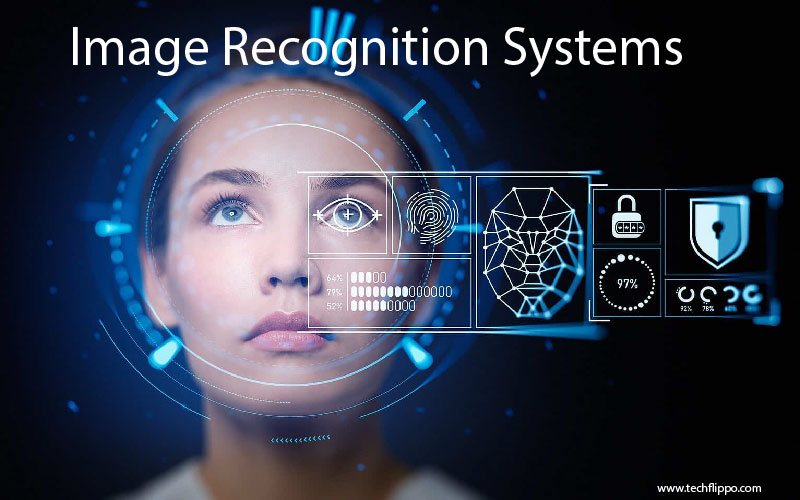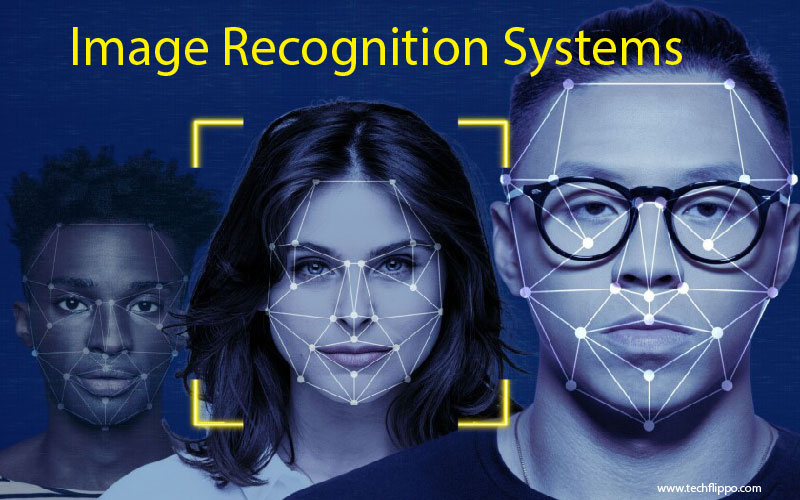Advancements in Image Recognition Systems
Welcome to the fascinating world of Image Recognition Systems! Imagine a technology that can understand and interpret visual data just like the human eye. From recognizing faces in photos to identifying objects in real-time, image recognition systems have revolutionized how we interact with visual information. Join us on a journey exploring the advancements and innovations shaping this cutting-edge field.

Evolution of Image Recognition Technology
In the past few decades, image recognition technology has come a long way from its humble beginnings. Initially, basic algorithms were used to analyze pixel data and identify patterns in images.
As technology advanced, more sophisticated techniques such as machine learning and neural networks were introduced. These innovations allowed systems to learn from vast amounts of data and improve their accuracy over time.
The evolution of deep learning paved the way for significant breakthroughs in image recognition. Convolutional Neural Networks (CNNs) revolutionized how computers interpret visual information by mimicking the human brain’s ability to process images.
Today, image recognition systems can not only identify objects but also understand context and relationships within a scene. This level of visual understanding has opened up new possibilities across various industries like healthcare, automotive, security, and retail.
Continued research and development in this field promise even more exciting advancements in the future. The journey of image recognition technology is one characterized by innovation, pushing boundaries, and unlocking endless potential for visual analysis.
Deep Learning and Convolutional Neural Networks
Deep Learning and Convolutional Neural Networks (CNNs) have revolutionized the field of image recognition systems. These advanced technologies enable machines to learn complex patterns and features within images, mimicking the way the human brain processes visual information.
CNNs consist of multiple layers that extract hierarchical representations from raw pixel data, allowing for more accurate image analysis. Through a process called back propagation, these networks fine-tune their parameters to improve classification accuracy over time.
One key advantage of deep learning is its ability to automatically discover relevant features from data without manual intervention. This self-learning capability makes CNNs highly effective in tasks such as object detection, facial recognition, and scene understanding.
As research continues to push the boundaries of deep learning algorithms, we can expect even greater advancements in image recognition technology. The future holds immense potential for applications across various industries, paving the way for innovative solutions that enhance our daily lives.
Advancements in Object Detection and Classification Techniques
Advancements in object detection and classification techniques have significantly enhanced the capabilities of image recognition systems. By utilizing innovative algorithms and deep learning models, these techniques can now accurately identify various objects within an image with high precision.
One key advancement is the development of region-based convolutional neural networks (R-CNNs) which enable more precise localization of objects in images. This technique has revolutionized object detection by allowing for accurate bounding box predictions around different objects.
Moreover, the introduction of faster region-based convolutional neural networks (Faster R-CNNs) has further improved the speed and accuracy of object detection tasks. This approach combines a region proposal network with a fast R-CNN, leading to quicker and more efficient object detection results.
Additionally, advancements in transfer learning have made it easier to adapt pre-trained models to new datasets, reducing the need for extensive labeled data for each specific task. These improvements have paved the way for more robust and versatile object recognition systems that can be applied across various industries seamlessly.
Applications of Image Recognition Systems
Image recognition systems have found a multitude of applications across various industries, revolutionizing the way businesses operate and enhancing user experiences. In e-commerce, these systems are being used to enable visual search functionality, allowing customers to find products simply by uploading images. This not only improves the shopping experience but also boosts conversion rates.
In healthcare, image recognition technology is aiding in the early detection of diseases through medical imaging analysis. It helps doctors make more accurate diagnoses and implement timely treatment plans for patients. Moreover, in automotive safety systems, image recognition is playing a crucial role in enabling features like pedestrian detection and lane departure warning.
The entertainment industry has also benefited from image recognition with personalized content recommendations on streaming platforms based on viewers’ preferences. Additionally, security and surveillance systems leverage this technology for facial recognition to enhance public safety measures significantly.

Challenges and Limitations of Current Technology
As we delve into the realm of image recognition systems, it’s essential to acknowledge the challenges and limitations faced by current technology. One significant hurdle is the need for vast amounts of labeled data to train these systems adequately. Without a diverse and extensive dataset, the accuracy of image recognition can be compromised.
Another challenge lies in achieving real-time processing speeds, especially when dealing with high-resolution images or videos. The computational power required for rapid analysis can strain existing hardware capabilities. Additionally, ensuring robustness in varied lighting conditions, angles, and backgrounds remains a persistent challenge.
Moreover, addressing issues related to privacy and security concerns is crucial in developing trustworthy image recognition systems that protect sensitive information. As technology advances rapidly, staying ahead of potential biases within algorithms also poses a continuous challenge.
Despite these obstacles, researchers are actively working on innovative solutions to enhance the performance and reliability of image recognition systems.
Future Possibilities and Impact on Various Industries
The future of image recognition systems holds immense potential across various industries. In healthcare, these systems can revolutionize medical imaging, assisting in diagnosis and treatment planning with greater accuracy. Retail sectors are leveraging image recognition for personalized shopping experiences and efficient inventory management.
In the automotive industry, self-driving vehicles rely on advanced visual understanding to navigate roads safely. Agriculture benefits from precision farming techniques enabled by image recognition technology, optimizing crop yield and resource usage. Security systems are becoming more sophisticated with real-time object detection capabilities.
Entertainment is not left behind either; recommendation algorithms powered by image recognition enhance user experience through personalized content suggestions. As these technologies continue to evolve, we can anticipate even more innovative applications that will reshape how we interact with our surroundings across diverse sectors.
Conclusion
Image recognition systems have come a long way in revolutionizing the field of visual understanding. With advancements in deep learning and convolutional neural networks, object detection and classification techniques have reached new heights of accuracy and efficiency.
The applications of image recognition systems are vast and diverse, spanning industries such as healthcare, automotive, security, retail, and more. Despite the challenges and limitations faced by current technology, the future possibilities for image recognition systems are boundless.
As these pioneering techniques continue to evolve and improve, we can expect a significant impact on various industries worldwide. Image recognition systems will play a crucial role in enhancing productivity, efficiency, safety measures, customer experiences, and overall decision-making processes.
Overall (This is not allowed), the continuous development of image recognition technology holds immense promise for reshaping our world through enhanced visual understanding capabilities.